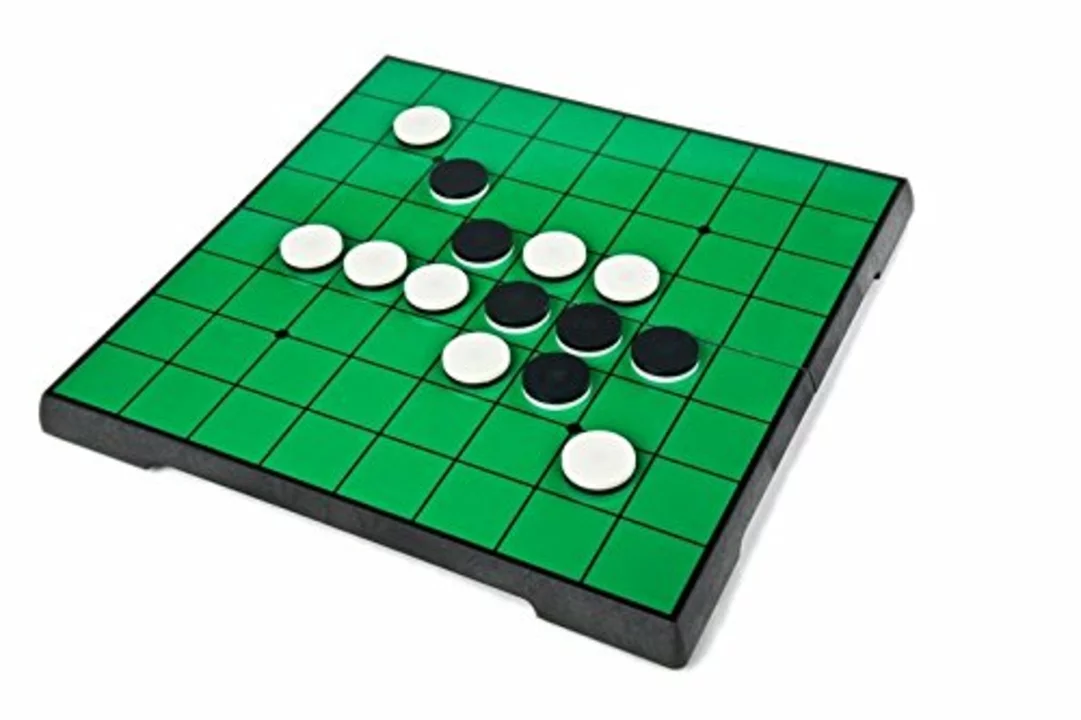Reversi Strategy Guide – Master the Game
If you’ve ever sat down with a Reversi board and wondered why your opponent always seems to get the upper hand, you’re not alone. The game looks simple – place a disc, flip the opponent’s pieces – but the best moves often hide behind a few basic ideas. Below you’ll find practical tips you can start using right away, no matter if you’re playing on a tabletop or a digital app.
Opening Moves that Give You an Edge
Most beginners jump straight for the center squares. While the center looks powerful, early moves that hug the edges or stay close to the corners give you more flexibility later on. Try placing your first disc on a square like D3 or E6 (using standard notation) instead of the exact middle. This forces your opponent to respond in a way that leaves a corner open for you later.
Another easy trick: mirror your opponent’s moves when you’re still in the opening phase. If they put a disc on C4, respond on F5. Mirroring keeps the board balanced and reduces the chance of giving away a corner early. Remember, corners are the most valuable squares because they can’t be flipped once claimed.
Mid‑Game Play – Controlling Edges and Corners
Once the board fills up a bit, focus on edge control. Discs along the outer ring are harder for your opponent to flip without sacrificing a corner. Aim to build a solid line of your colour on one side of the board, then use that line to attack the opposite edge.
When a corner becomes available, grab it immediately. The temptation to play a flashy move elsewhere can cost you the corner and the stability it provides. If the corner is still out of reach, work on creating a “X‑square” (the square diagonally adjacent to the corner). Avoid playing there too early – it gives your opponent a chance to take the corner next turn.
Endgame Tips to Secure the Win
In the last few moves, every disc counts. Count the empty squares left and plan a sequence that flips the maximum number of opponent pieces each turn. Often the best move isn’t the one that flips the most pieces now, but the one that limits your opponent’s options for the next turn.
One reliable endgame habit is to leave a “parity” situation – an odd number of empty squares – so you can make the final move. If you end up with an even number of spots, your opponent will likely get the last flip, which can swing the final score.
Finally, review your game after each session. Spot the moves where you gave away a corner or let the opponent control an edge. Small adjustments in those spots can turn a close loss into a solid win.
With these opening, mid‑game, and endgame ideas, you’ll start seeing a noticeable improvement in your Reversi matches. Keep practicing, stay aware of corners, and watch your win rate climb.
Reversi vs computer - Unblocked games 2?
-
Written by Zayden Maverick
27/ 02
Reversi is an unblocked game 2 that pits the player against the computer in an exciting two-player board game. The goal of the game is to outmaneuver your opponent, capturing as many pieces as possible in the process. Players must strategically place pieces on the board in order to gain the upper hand, and can also preemptively block their opponent's moves in order to stay ahead. The game is fast-paced and requires quick thinking and strategy in order to be successful. Reversi is a challenging and fun game for both experienced and novice players alike.
